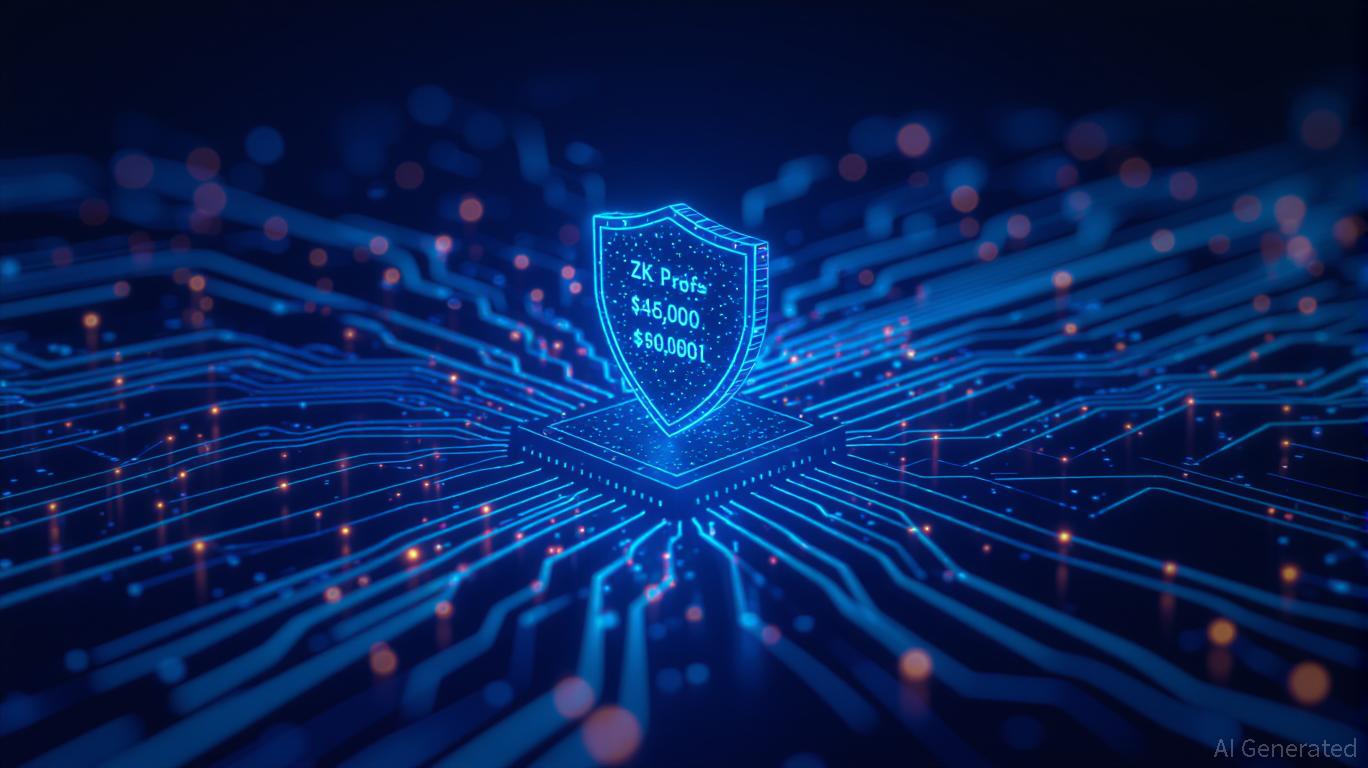SEC Framework Aims to Settle Ongoing Regulatory Disputes in Crypto
- SEC proposes a token taxonomy framework using the Howey Test to classify crypto assets into four categories, balancing regulation and innovation. - The framework allows tokens to transition from securities to non-securities as projects decentralize, addressing evolving blockchain dynamics. - It enables CFTC/state-regulated trading for certain tokens while legislative efforts aim to shift major crypto oversight to the CFTC. - Implementation faces challenges including CFTC capacity limits and pending Senat
The U.S. Securities and Exchange Commission (SEC) is moving forward with a new "token taxonomy" initiative designed to clarify how digital assets are categorized under securities regulations, basing its framework on the 1946 Howey Test for investment contracts. SEC Chairman Paul Atkins introduced the proposal at the Federal Reserve Bank of Philadelphia's Fintech Conference, highlighting that the taxonomy would sort digital assets into four main types: decentralized digital commodities, digital collectibles such as artwork or gaming items, digital utilities like memberships or event tickets, and tokenized securities that represent ownership stakes, as detailed in a

This initiative is part of a larger legislative push to resolve the ongoing jurisdictional dispute between the SEC and CFTC over cryptocurrency regulation. Two Senate proposals—the Agriculture Committee's Digital Asset Market Clarity Act and the Banking Committee's Responsible Financial Innovation Act—suggest transferring oversight of leading cryptocurrencies like
Atkins stressed that the new taxonomy does not indicate a relaxation of enforcement. He warned that fraudulent activities and market manipulation will continue to be met with strict penalties, reaffirming the SEC’s dedication to protecting investors, as stated in the
The rollout of this framework depends on upcoming Senate decisions and CFTC leadership. Mike Selig, nominated by Trump and currently heading the SEC’s Crypto Task Force, is scheduled for a Senate confirmation hearing on November 19, 2025, as lawmakers finalize the legislation, according to a
Disclaimer: The content of this article solely reflects the author's opinion and does not represent the platform in any capacity. This article is not intended to serve as a reference for making investment decisions.
You may also like
Hyperliquid News Update: Significant Leverage, Limited Liquidity: POPCAT's $5 Million DeFi Breach
- Hyperliquid suffered a $4.9M loss after a trader manipulated Solana-based memecoin POPCAT through leveraged long positions and a sudden price crash. - The attacker used $3M in USDC from OKX to create a $20–30M leveraged position, inflating POPCAT’s price before triggering cascading liquidations. - Hyperliquid paused its Arbitrum bridge to stabilize the platform, highlighting vulnerabilities in DeFi’s automated liquidation systems and low-liquidity markets. - Experts warn such attacks expose DeFi risks, u

Vitalik Buterin's Advances in Zero-Knowledge Technology and the Prospects for Blockchain Scalability: An Investment Outlook for 2025
- Vitalik Buterin's GKR protocol breakthrough reduces ZK verification costs by 10-15x, enabling 43,000 TPS on ZKsync with near-zero fees. - ZK Layer 2 market grows at 60.7% CAGR to $90B by 2031, driven by Ethereum's "Lean Ethereum" optimizations and institutional adoption. - ZKsync, StarkNet, and Immutable lead DeFi/gaming expansion, but face regulatory risks (Zcash scrutiny) and technical barriers to mass adoption. - Investors must balance ZK's scalability potential with execution risks, regulatory uncert

Vitalik Buterin Supports ZKsync and the Advancement of Scalable Blockchain Technology
- Vitalik Buterin endorsed ZKsync's Atlas upgrade, boosting its market profile as Ethereum's scalability solution. - ZKsync now achieves 15,000 TPS, 1-second finality, and real-time Ethereum liquidity access, outperforming Layer-2 rivals. - The ZK token surged 50% post-endorsement, with growing institutional adoption and RWA integration as key drivers. - ZKsync's zero-knowledge proofs and decentralized governance model position it as a leader in secure, scalable blockchain infrastructure.

Bitcoin News Update: Clearer Regulations and Growing Institutional Interest Propel Crypto Market to $2.4 Trillion as Industry Evolves
- U.S. crypto market surges to $2.4T as institutional adoption, regulatory clarity, and macro optimism drive gains. - Bitcoin and Ethereum rebound post-government shutdown, with crypto-linked stocks like SBET and GLXY rising 3-5% pre-market. - Regulatory frameworks like CLARITY Act and Project Crypto aim to resolve ambiguity, boosting institutional confidence. - Analysts caution volatility risks despite ETF inflows and blockchain adoption milestones, urging diversified long-term strategies.